The word poliomyelitis is derived from the Greek words Polio means grey and Myelo means spinal cord. It is a highly infectious viral disease mainly caused by virus known as enterovirus. It is also called as Infantile paralysis which mainly affects young children under five years of age.

Epidemiology
Polio cases have decreased by over 99% since 1988 from an estimated 350,000 cases then, to 34 cases reported in 2016. The two countries which are still in the grip of polio are Afghanistan and Pakistan. Unlike most diseases, polio can also be completely eradicated as this infection is almost eradicated from many other countries. As long as a single child remains infected, children in all countries are at risk.
Major reasons which might be responsible for failure in the eradication of polio in Pakistan may include:
- Governance issues.
- Lack of health facilities.
- Low routine immunization or refusal of immunization.
- Security threat to immunization staff,
- Extensive public movement
- Presence of polio reservoirs/zones in border regions with Afghanistan.
The struggle against polio eradication was further fuelled by the COVID-19 pandemic which brought a standstill to the routine immunizations.
Structure
Its structure is mainly composed of an ssRNA genome of 7.2-8.5 kb and a protein capsid. The capsids are composed of four structural proteins such as VP1, VP2, VP3, and VP4.
It belongs to the genus known as Enterovirus and from family known as Picornaviridae family. And it has 3 serotypes such as type 1, type2 and type 3.
Symptoms
Here are some of the signs and symptoms which appear when someone has this infection are as follow:
- Fever
- Fatigue
- Headache
- Vomiting
- Stiffness in the neck
- Pain in the limbs
Risk factors
Some of the risk factors associated with this infection are as follow:
- Age such as Infants and elderly individuals.
- Living with an infected person.
- Compromised immune system.
- Lack of immunization against polio.
- Travel to an area which has experienced a polio outbreak.
Pathogenesis
- The virus enters the body through Fecal-Oral route.
- Reaches the digestive tract & attaches to the surface receptors and replicates in the intestinal mucosa.
- Enters the bloodstream & then into the central nervous system (CNS).
- Progress along fibers of motor neuron of brain and spinal cord.
- Destroy anterior horn cells of spinal cord.
- Nerve cell death results in failure of contraction of muscles.
- Muscle dysfunction results in respiratory failure & paralysis of legs.
- Virus is excreted through feces and further contamination and spread occurs.
Transmission
- Fecal-oral route
- Person-to-Person contact
- Food or water contaminated with feces
- Improper sewage disposal
- Changing the diapers of an infected infant
Clinical manifestation
- Incubation Period: 6-20 days
- Unapparent infection (90-95%)
- Apparent infection (5-10%)
- 1. Abortive Poliomyelitis
- 4 – 8% of infections
- Minor illness
- Symptoms: low grade fever, sore throat, vomiting, abdominal pain, loss of appetite, and malaise etc.
- Recovery – complete, no paralysis
- 2. Non-Paralytic Poliomyelitis
- 2 % of infections
- Symptoms: headache, nausea, vomiting, pain, and stiffness of back and legs etc.
- Tripod sign: Kiss the knee test Head drop sign Neck rigidity
- Recovery within 2 – 10 days
- 3.Paralytic Poliomyelitis
- 0.5 – 1% of infections
- It has 2 phases including minor and major.
- Minor: same as abortive polio
- Major: muscle pain, spasm and return of fever followed by rapid onset flaccid paralysis complete within 72hrs.
Paralytic poliomyelitis is further categorized as:
- Spinal paralytic poliomyelitis (79% of paralytic cases)
- Paralytic Bulbar polio (2% of paralytic cases)
- Bulbo-spinal polio (19% of paralytic cases)
- 4.Polio Encephalitis
- Occurs in rare cases
- Symptoms: Irritability, delirium, disorientation, tremors, convulsions, paralysis of upper motor neuron type.
Diagnosis
Some of the diagnostic tests are as follow:
- Stool examination
- Virus Culture
- Serological Test
- Cerebrospinal Fluid Test
- Complement Fixation test
Management
- Treatment of pain with analgesics (such as acetaminophen)
- Bed rest (until fever is reduced)
- Adequate diet and exercise
- Hot packs or heating pads (for muscle pain)
- Hospitalization
- If the respiratory is involved, long-term ventilation is necessary
- Physiotherapy may be necessary
- Place the child on firm mattress with support for feet, change position frequently
- Encourage oral intake of food and fluid.
Prevention
- There is no cure for polio, it can only be prevented. Immunization with polio vaccine is the best way to prevent polio.
‘’Prevention is better than cure’’

Types of Vaccines
There are 2 types of vaccines which mainly protect against polio includes inactivated and oral polio vaccines.
- Inactivated Polio Vaccine (IPV)
An inactivated (killed) polio vaccine
- Oral Polio Vaccine (OPV)
A live attenuated (weakened)
Children should be vaccinated with many doses of inactivated polio vaccine (IPV) at the following ages:
- A dose at 2 months
- A dose at 4 months
- A dose at 6-18 months
As these vaccines are also included in Expanded program for immunization (EPI).
Conclusion
Overall, Polio is a highly contagious viral disease which affects the nervous system and can cause paralysis and death. The virus enters the body through Fecal-Oral route. It is almost eradicated from many countries except Pakistan and Afghanistan. There is no proper cure of polio, it can only be prevented by vaccines as its vaccines are available in both live attenuated and killed forms commonly available as oral and inactivated vaccines and also included in EPI.
Frequently asked questions (FAQs)
- Why is vaccination important for polio eradication?
Vaccination is crucial because it prevents the spread of the virus when enough people are vaccinated or immunized.
- What are the potential risks associated with the polio vaccine?
While very rare, the oral polio vaccine can sometimes revert back as it is live attenuated form of vaccine.
- Are there any countries still considered endemic for polio?
Only a few countries like Pakistan and Afghanistan are considered endemic for poliovirus.
- Where was polio first discovered?
In 1789 in London.
- Difference between Sabin and Salk vaccine?
Salk vaccine also known as IPV (inactivated poliovirus vaccine) and this vaccine is given by injection. While Sabin vaccine also known as OPV (oral poliovirus vaccine) and this vaccine is given by mouth.
- Which polio vaccine is better?
Oral poliovirus vaccine (OPV) remains the vaccine of choice for routine immunization.

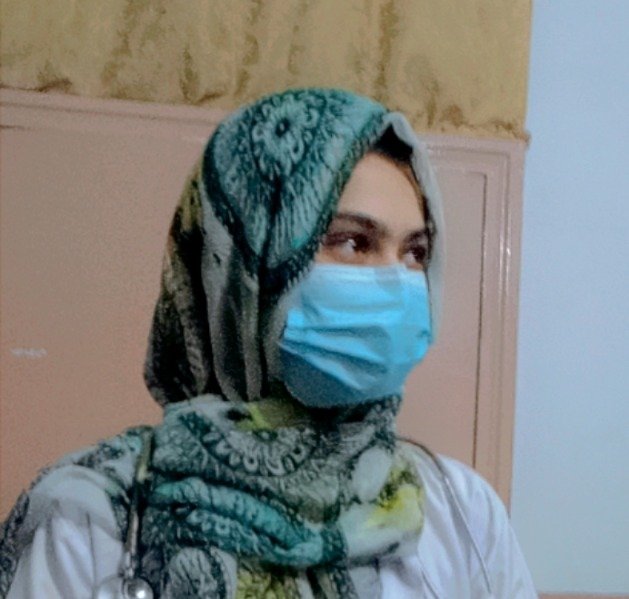
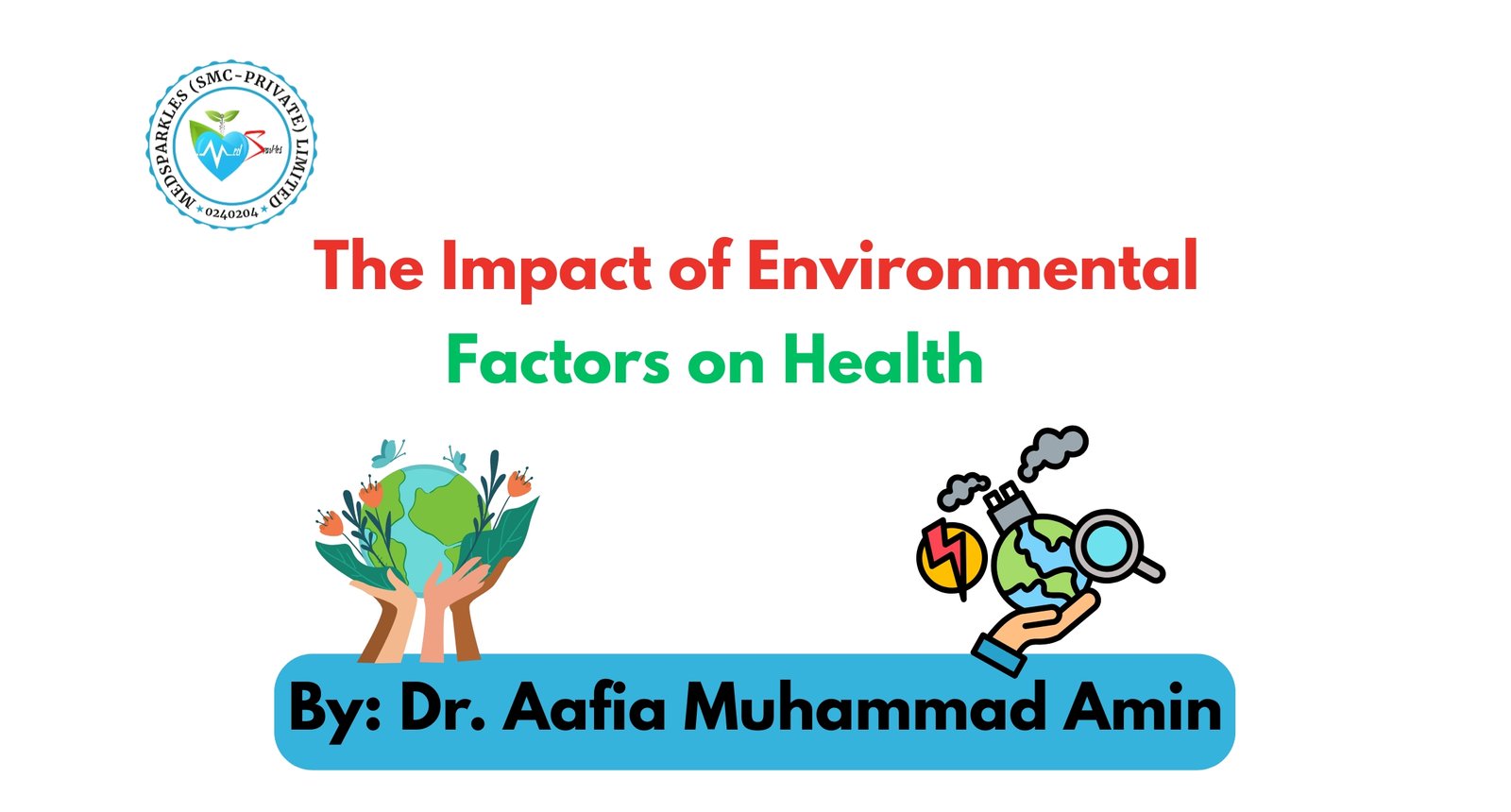

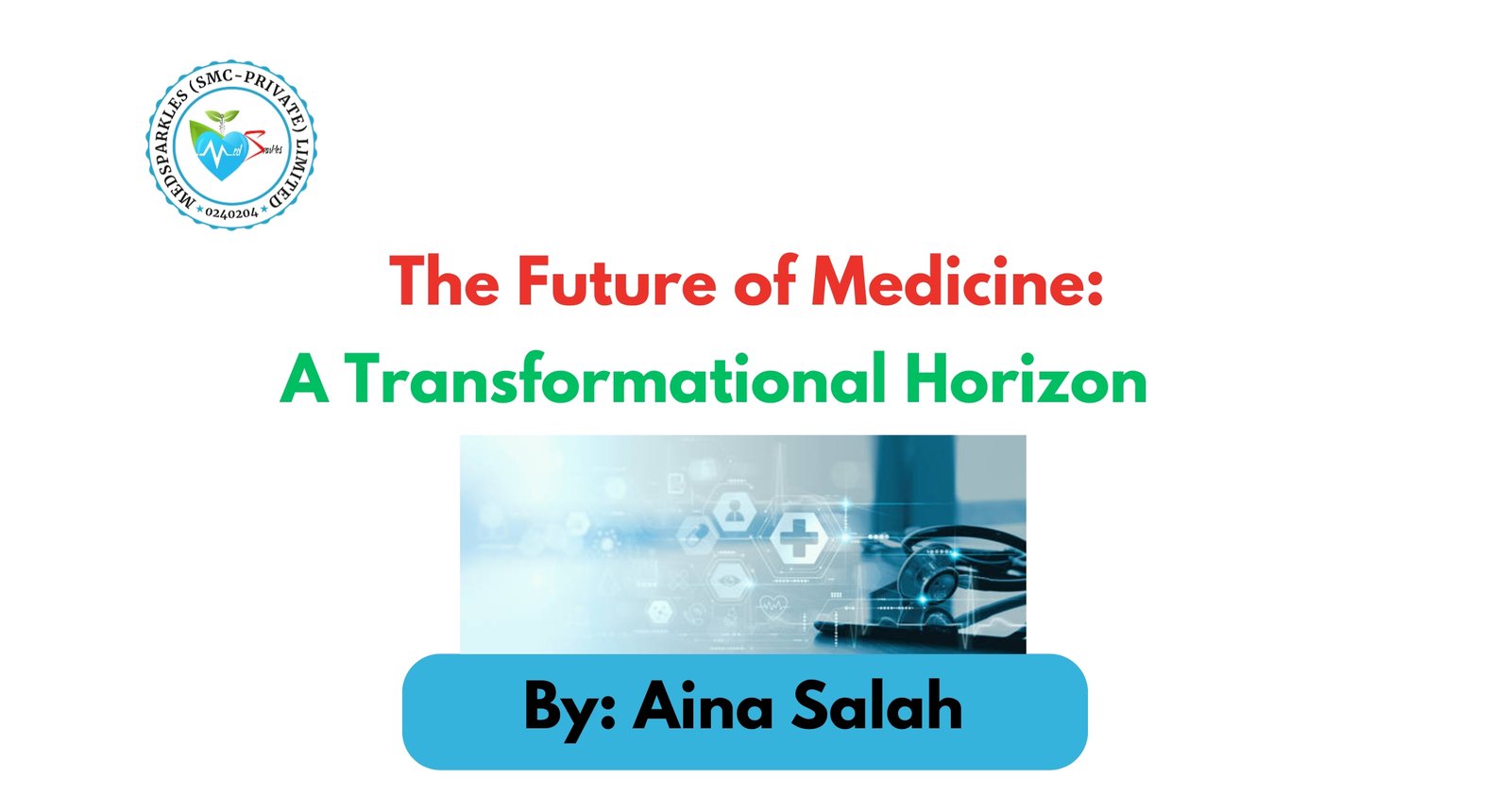
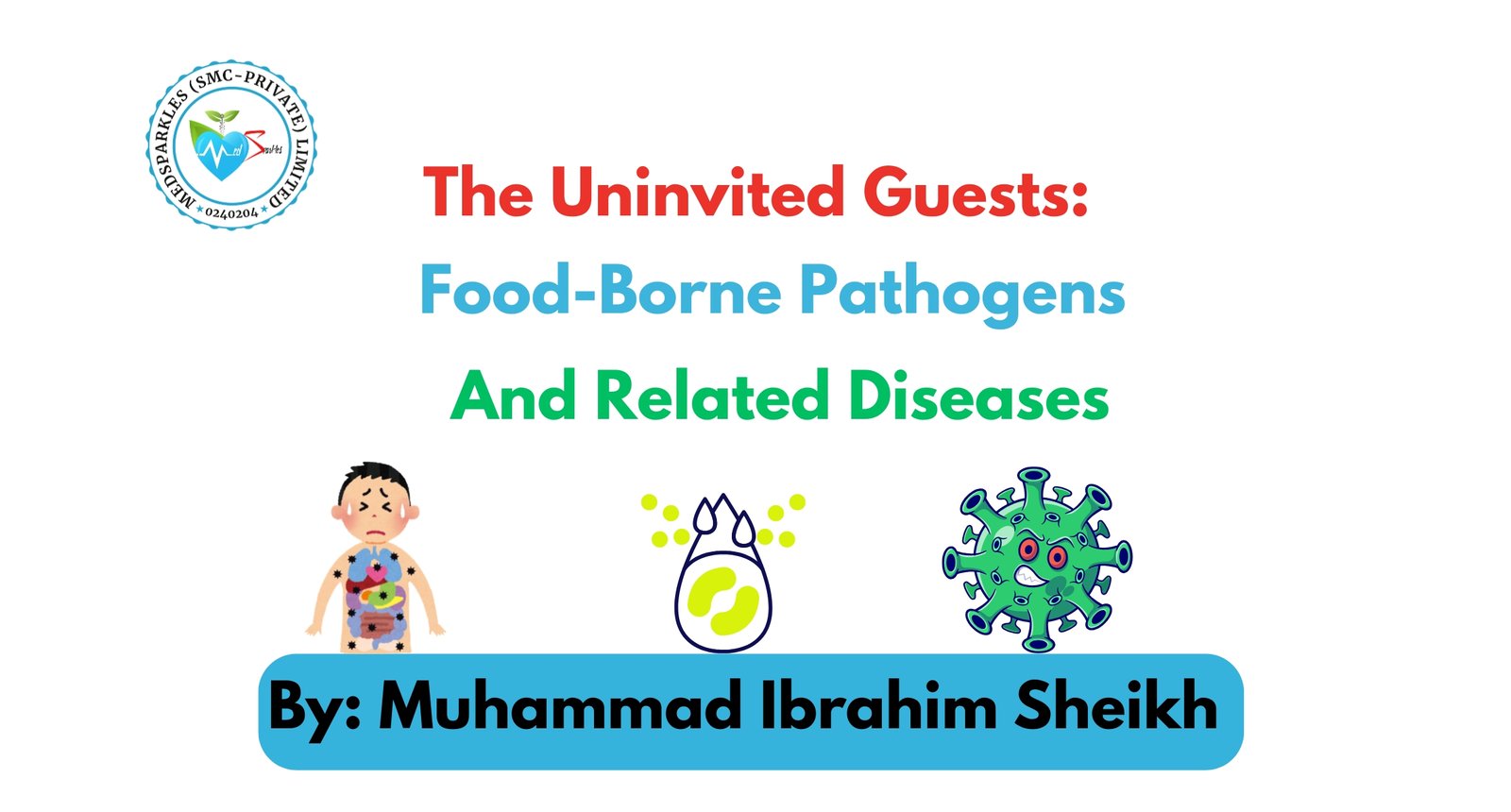
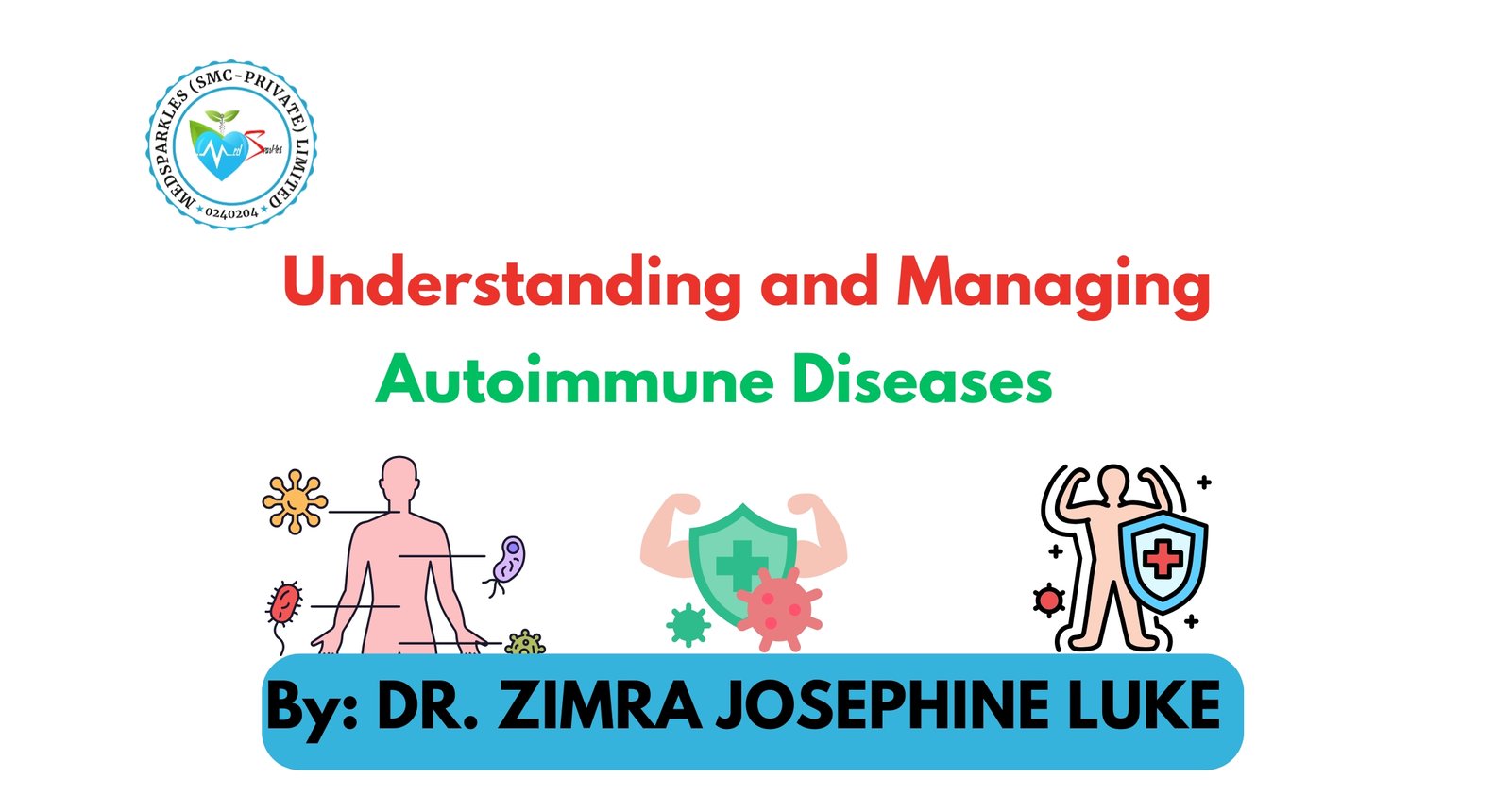
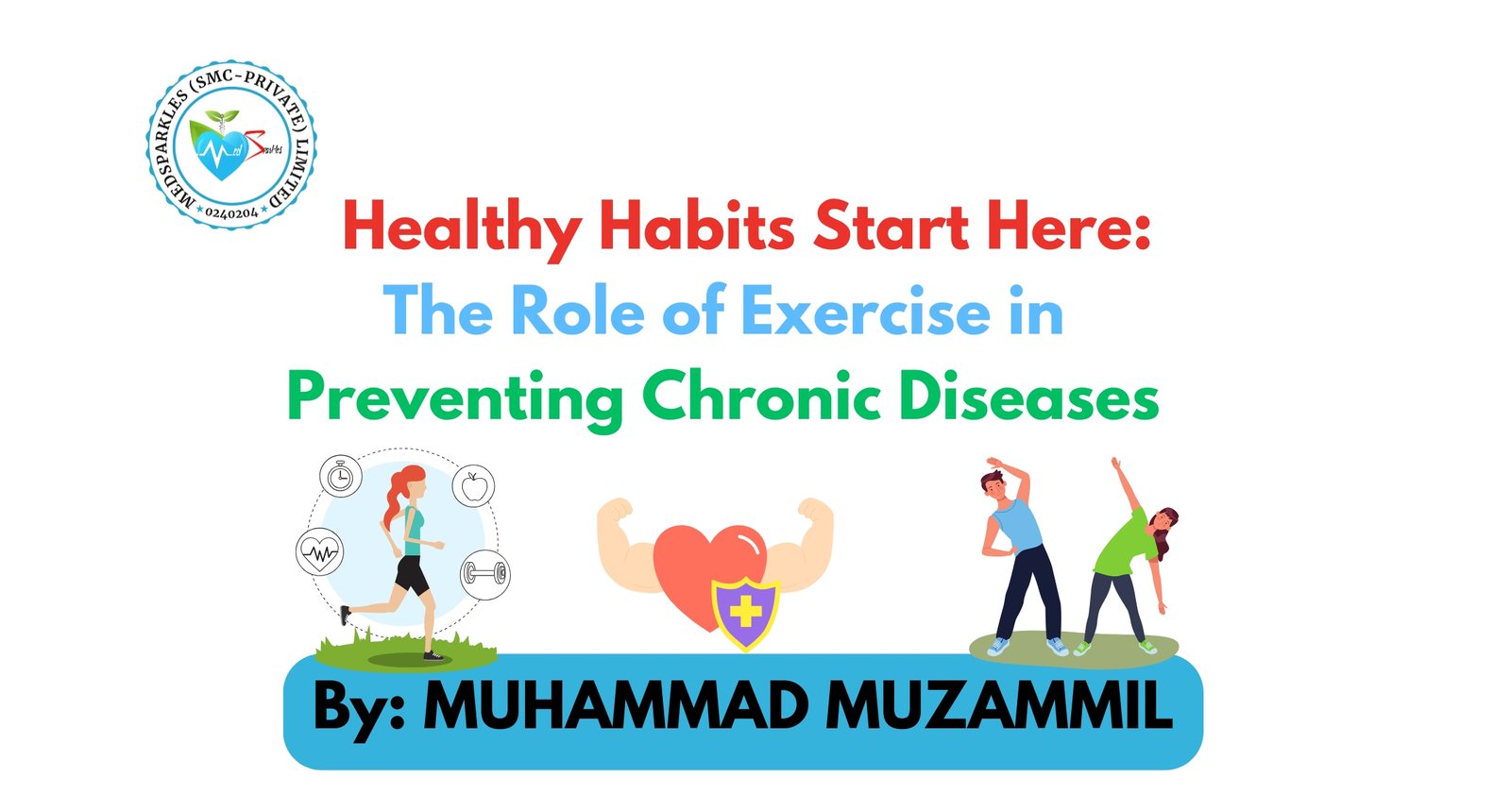
1 Comment.
Must read…